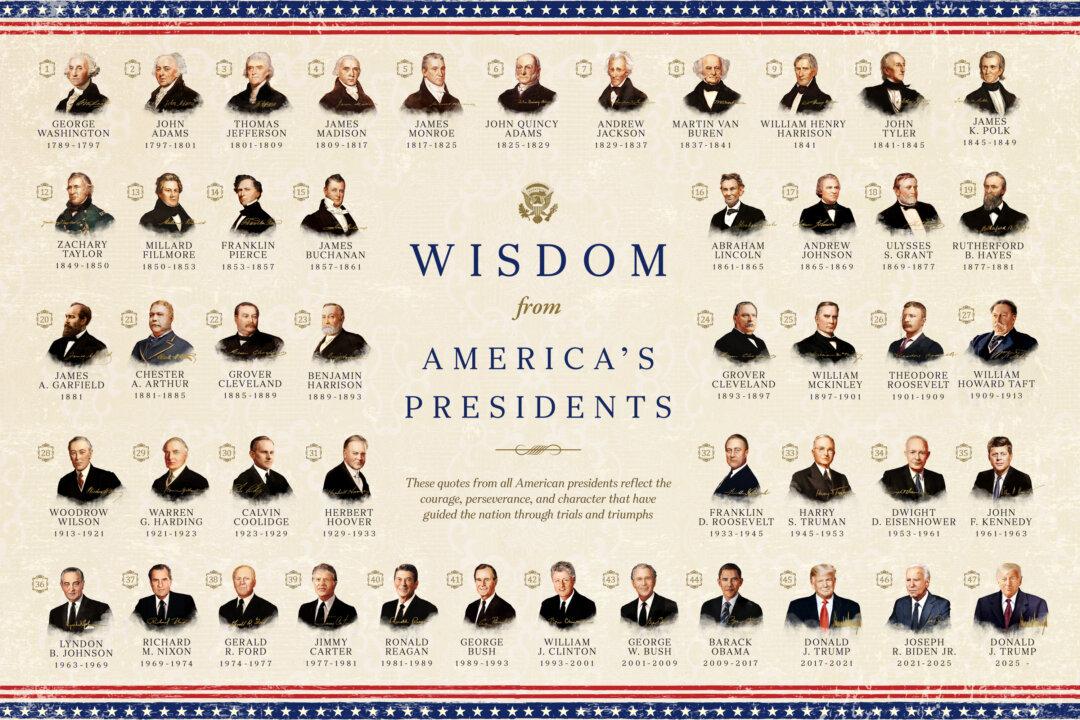“Dressing well is a form of good manners,” Tom Ford, the former creative director for Gucci and Yves Saint Laurent, famously said. While some would argue that we shouldn’t judge someone by the clothes they wear but by their character, clothing can often serve as a manifestation of that character.
“It conveys respect for yourself, your colleagues, and your workplace, as it shows you put effort into your personal presentation,” etiquette expert Myka Meier from Beaumont Etiquette told The Epoch Times. “It also reflects your commitment to your role. Additionally, dressing appropriately helps create a positive impression and can enhance your confidence and credibility in the workplace.”





